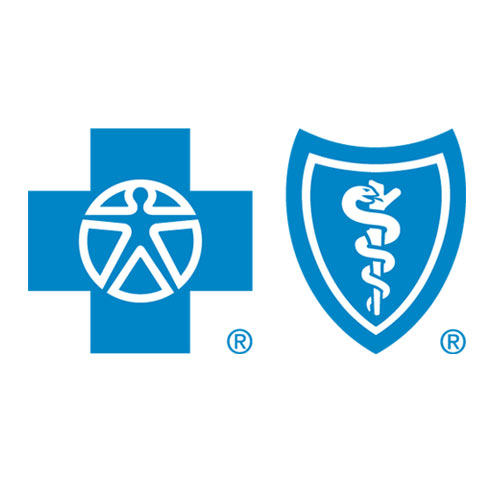Two years later: how COVID-19 changed how we think about health care
June 22, 2022With the latest approval for both Pfizer and Moderna vaccines for kids under the age of five, COVID-19 vaccines are now available for nearly every age group in the United States. This is a welcome change for many parents of young children who have been waiting for the opportunity to be able to provide this level of protection to their kids.
Unfortunately, we have lost more than one million Americans to COVID-19 since the pandemic began in March 2020. But we must remember that many lives were saved and will be saved thanks to the vaccines.
This important step has also given me a chance to think about how far we’ve come since the pandemic began more than two years ago, what it has taught us about vaccines and managing a public health emergency and what we can do better when we face another pandemic.

Where we stand now in Minnesota
The good news in Minnesota is that COVID-19 conditions certainly have improved since the winter when we saw the omicron surge. Multiple subvariants of omicron are still present and make up the majority of new cases in our state, as seen by recent wastewater monitoring levels. Recent spikes in case numbers, hospitalizations and deaths have been shorter and smaller than previous ones, as well.
As we continue toward an ‘endemic’ stage with COVID-19, meaning it’s something we learn to live with and manage appropriately, it’s important that we don’t forget everything we’ve learned throughout this time.
Improving vaccine communication and outreach
One of the big lessons learned during the COVID-19 pandemic is vaccines work. This has been proven repeatedly and highlighted by the experience with the omicron variants.
During the omicron surge, many people questioned the effectiveness of the COVID-19 vaccines since many people, who were vaccinated and boosted, tested positive. However, there is a big distinction between overall case numbers and serious illness. Vaccine success means a lower rate of serious illness, even when infection rates start to spike. That’s exactly what we can now confirm happened with omicron.
Still, misinformation about the vaccines likely led to more deaths that could have been avoided.
- In the age of social media, “echo chambers,” “alternative facts” and algorithms designed to confirm our own biases highlighted the crucial need to consider communication and education as a key piece of public health initiatives.
- We know that vaccines are only as effective as their adoption rate. Unfortunately, about 20-30 percent of the U.S. population remains unvaccinated. Between 15-20 percent say they won’t get vaccinated at all against COVID-19. This limits our ability to effectively eliminate the threat of overcrowded hospitals and further spread of current and future variants.
I’m optimistic that the percentage of people who are unvaccinated will drop further, particularly as adoption rates increase amongst younger kids who recently became eligible.

Silver linings from the pandemic
While many headlines around the COVID-19 have been grim, there have been a few bright spots:
- We have become more flexible out of necessity, including as employers and as a health care ecosystem.
- The speed of vaccine development was nothing short of a miracle. That huge effort saved countless lives. The innovation that occurred during this time will also pay significant dividends in the future.
- There is a strong possibility that other mRNA vaccines will be developed for other infectious diseases, including the flu. This is encouraging given the proven safety and effectiveness of the COVID-19 vaccines.
- We saw the development of virtual care capabilities by health care providers and the adoption of this mode of care by patients and members, particularly in behavioral health. Behavioral health claims made up 60 percent of all virtual care claims in 2020. These levels have stayed steady, while other types of virtual care have returned to in-person visits at a higher rate.
- More options are now available for at-home testing and care for other illnesses and chronic conditions – not just COVID-19.
- Wastewater monitoring has proven to be an effective method to monitor the spread of COVID-19 and could be applied to other infectious diseases, providing early warnings signals to public health officials.
- Additional treatments are now available, including oral antivirals. While utilization of these new treatments is still relatively low, it’s important to be aware that effective options exist, particularly when used early in an infection.
Overall, we’re at a much better place in terms of our understanding and capabilities around prevention, monitoring and treatment for COVID-19 and we have an opportunity to use what we have learned and apply it to other problems within our health care ecosystem.
The future of living with COVID-19
Our battle with COVID-19 is far from over and we will likely continue to experience surges and new variants. We need to continue to be vigilant about the measures we take to protect ourselves and others including monitoring vaccine guidelines for when we are eligible for boosters. Visit the CDC website for current vaccine eligibility guidelines.
Throughout the pandemic, tools have been created using evidenced-based prevention recommendations. Public health experts and civic leaders will be able to use these tools based on pre-established plans as the science continues to advance. For example, if your county is in the “red” and experiencing high levels of community transmission, it’s recommended that you wear a mask indoors in public places to help slow the spread. You can check the current rate of community spread in your area here.
It will be vital to stay up to date on your booster shots. While the rates of eligible people getting their second booster shots continues to lag, we can’t become complacent. Boosters have been and continue to be impactful in reducing infections and serious illness. Booster recommendations have and will continue to evolve, and it will be essential that we monitor and stay up to date with those recommendations.
As a society, we’ve learned a lot about taking care of our health to mitigate the spread of viruses, manage our mental health and become more resilient through preventive measures like exercise, healthy eating and vaccines. Let’s continue to practice those healthy habits.
Regardless of what exactly the future holds, it is important for us to take what we are learning from this pandemic, remain vigilant and prepare for future scenarios accordingly.






Thank you Dr. Steffen for your objective, optimistic letter. We need more of these types of information/messages in the media to hopefully get more people vaccinated.
Thank you again
Excellent, well written article . Thank you Blue Cross .
Thanks for getting all of this information out to the public. I now
have Covid after all the vaccinations and am awaiting response from my Doc for any treatment. Symptoms are annoying but so happy I have had all my boosters and hope it will be over quickly!!We need to get the info out!!
I am interested in a variant specific vaccine similar to the flu vaccine!
I am 79 years old with underlying conditions. I was triple vaxed by the middle of last October. I got Covid at the beginning of January. Heavy cough and nasal congestion, very tired; lasted about 5 days. I am convinced, right or wrong, that without the vaccinations, I would have been hospitalized, or not here today.
Appreciate your efforts in passing on this information. Hope we can continue growing in our responses to serious virus (ie such as vaccine for covid) near short of miraculous!
What valid, proven research articles can I read to understand the possible negative effects of the vaccines? It is difficult to get both sides of the issue. I live in a community divided by belief in vaccines vs fear of vaccine. Please give me data to help explain BOTH sides so we can understand.
Dr. Steffen, This article covers a good amount of information and rightly points out learnings, challenges, and silver linings from the pandemic. What it totally misses is info related to the immunocompromised and people of color. These are glaring and unacceptable misses, especially in MN given our health disparities. For example, vaccines are often not at all effective for these people. Death rates among people of color tragically pointed to many things health systems must learn from and address. Your article points to something we didn't learn in the pandemic (which is still going on for those who are immunocompromised): how to make health care and society work for everyone. Please use your leadership position to make a difference for everyone.
Sincerely,
Deborah Manning
So as stated above, the vaccines do not stop infection (or spread) but reduce symptoms. And kids have a very, very low risk of death or even serious symptoms from Covid. How can you justify subjecting kids to this treatment?
More than likely this will not get posted but there are a lot of logically thinking people that share this opinion.